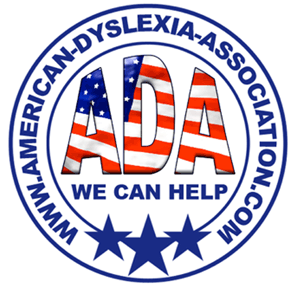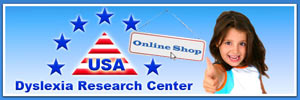What is dyslexia?
Dyslexia affects up to 1 in 5 people, but the experience of dyslexia isn’t always the same. This difficulty in processing language exists along a spectrum — one that doesn’t necessarily fit with labels like “normal” and “defective.” Kelli Sandman-Hurley urges us to think again about dyslexic brain function and to celebrate the neurodiversity of the human brain.
Dr. Sally Shaywitz recently wrote, “In the case of dyslexia, (while there is always the desire for more), there is currently sufficient knowledge to do a far better job in identifying, intervening in and accommodating dyslexia. There is an unacceptable and harmful wide gap between the robust existing science of dyslexia and how this knowledge is implemented, typically not implemented, by schools. In dyslexia, there is not a knowledge gap but rather an action gap. As a consequence dyslexic children frequently go un-identified, un-remediated and un-accommodated with great harm to the children, to their families and to society. Educators must act to translate this body of converging science into policy and practice. Our children’s lives and futures (human capital) is too precious to waste.” We could not agree more!
Watch this compelling video and then visit “What is dyslexia?” on Ed.ted for more information, discussions and links.







